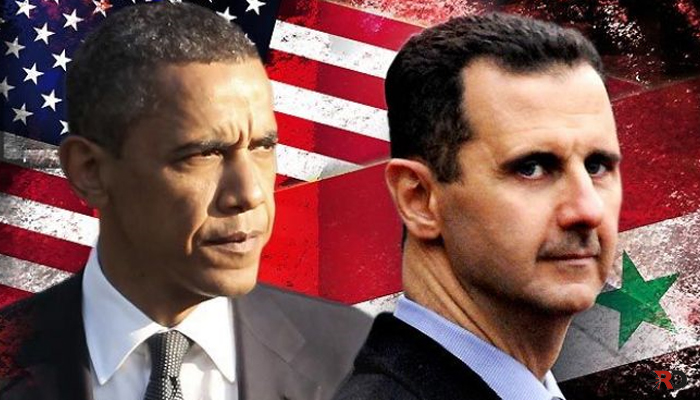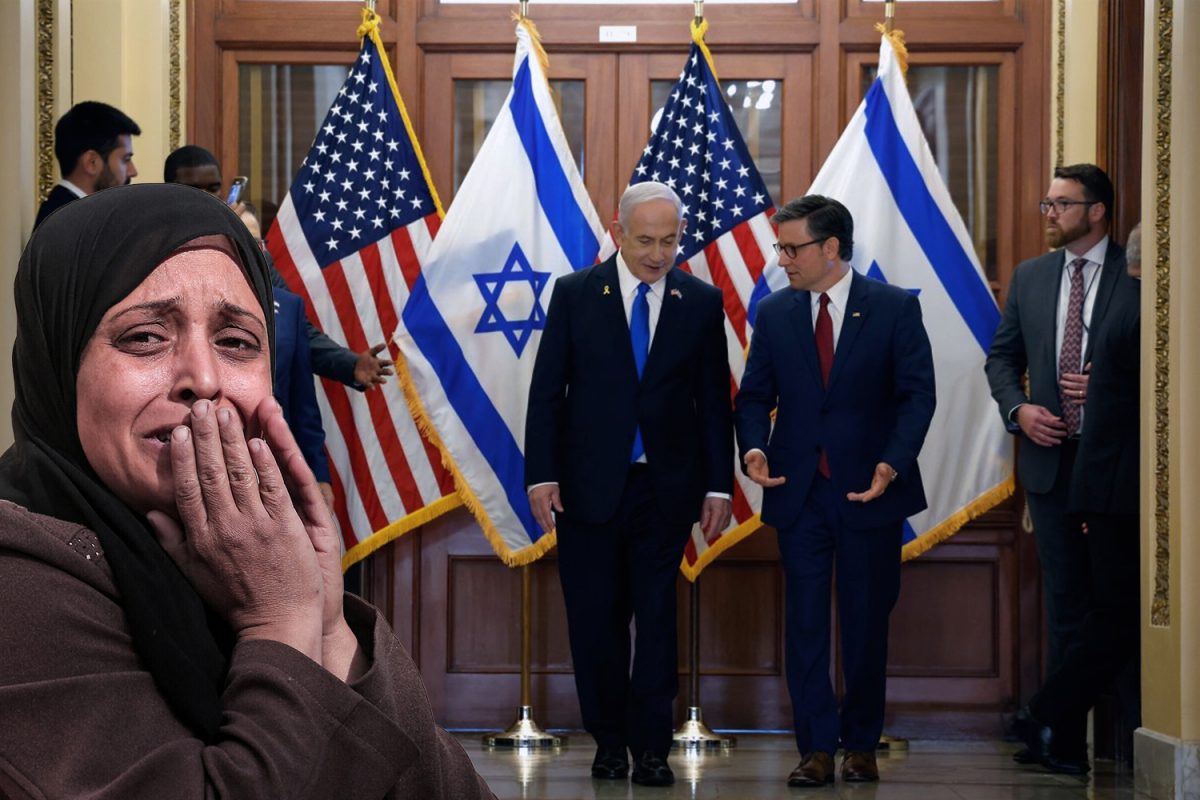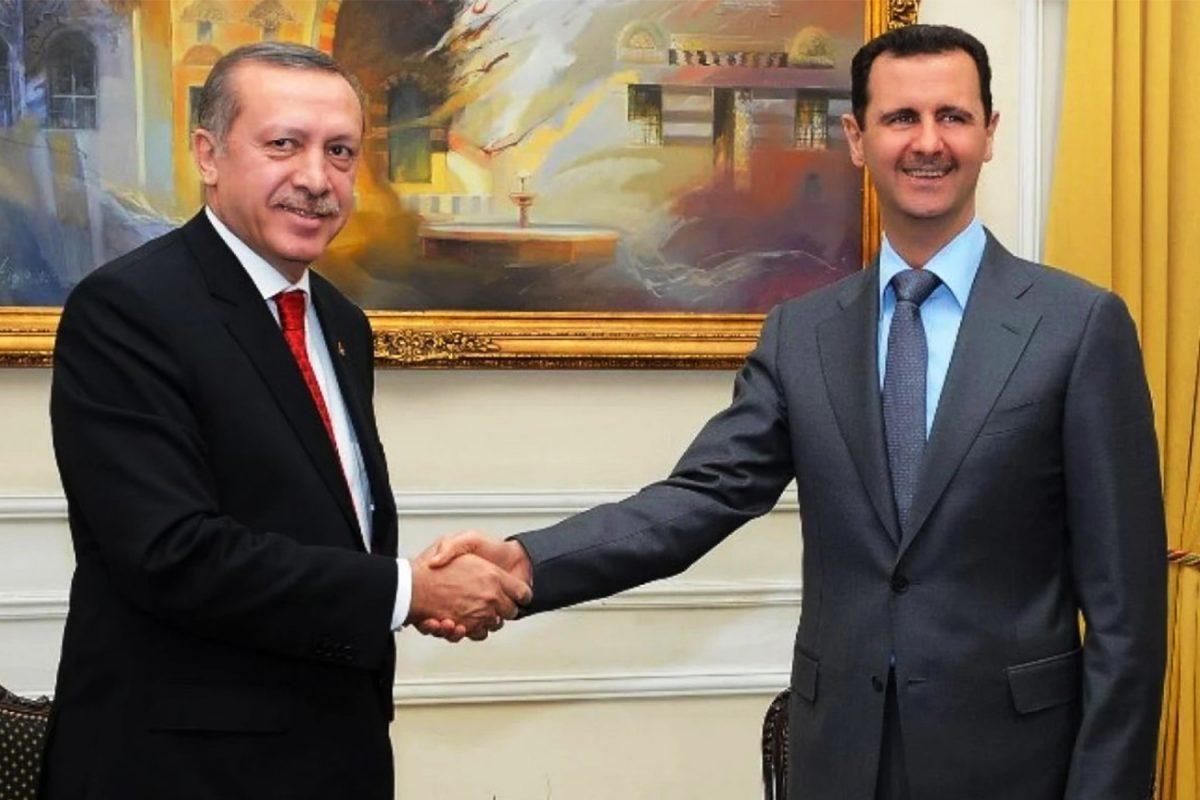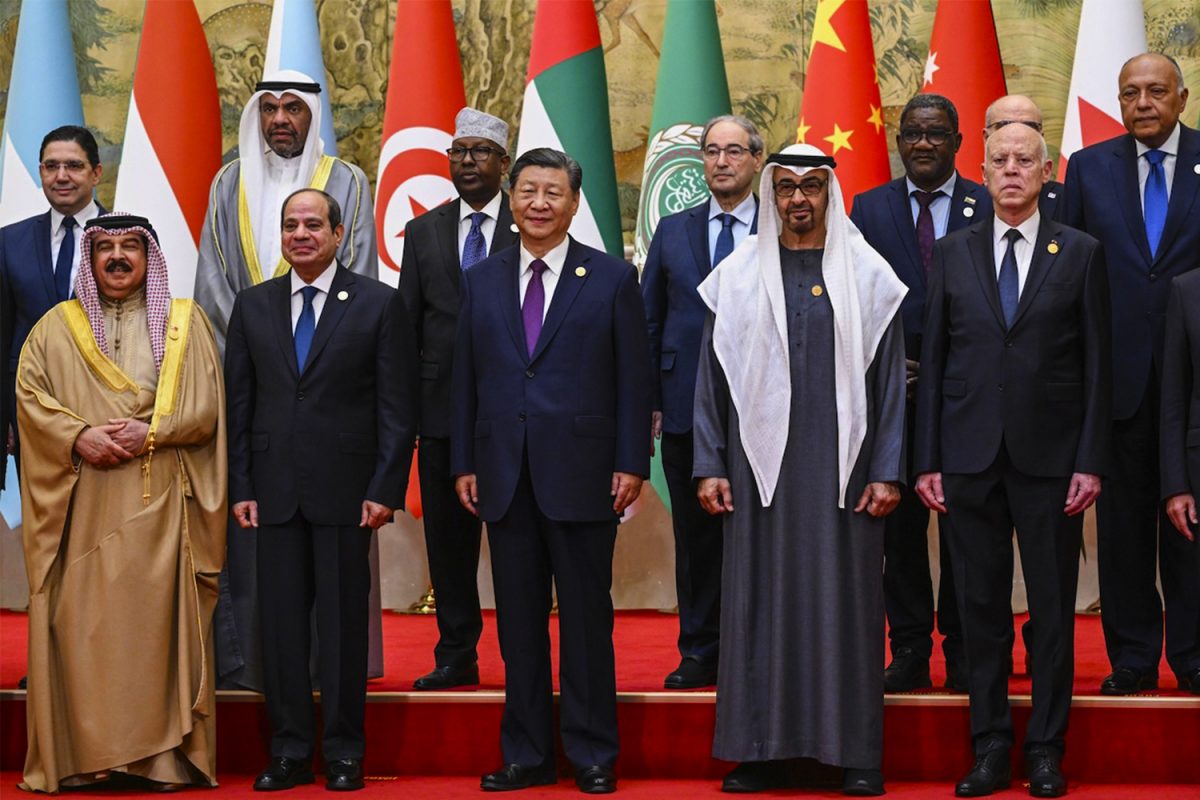By Muhammad Ubaid
US officials continue to downplay what is taking place in Syria and continue to reiterate there is no strategy for the country. The latest announcement came from US president, Barack Obama at the news conference at the Group of Seven (G7) summit in Germany on June 8, he said: “The US is going to continue to ramp up training and assistance,” but then admitted: “We don’t yet have a complete strategy.”[1] US defence Secretary Ashton Carter as well as Secretary of State John Kerry have also announced that there is no complete strategy to deal with ISIS. Whilst it would appear ISIS possesses significant capability and has complicated US aims in Syria and Iraq, the truth is US officials are downplaying their strategy in order to buy time to execute their real strategy, which can be seen by assessing US actions against all the actors in the Syrian theatre.
When it comes to the regime of Bashar al-Assad the US position has been extremely consistent, which shows it has a clear strategy. When the uprising was in full in swing in march 2011, Hillary Clinton highlighted US policy, she said: “There are deep concerns about what is going on inside Syria, what I do know is that they have an opportunity still to bring about a reform agenda. People do believe there is a possible path forward with Syria. So we’re going to continue joining with all of our allies to keep pressing [pullquote align=”right” color=”” class=”” cite=”Leon Panetta” link=””]“I think it’s important when Assad leaves – and he will leave – to try to preserve stability in that country. And the best way to preserve that kind of stability is to maintain as much of the military, the police, as you can, along with the security forces, and hope that they will transition to a democratic form of government. That’s a key.”[/pullquote] very hard on that.”[2] As the uprising went from months to years, US officials criticised al-Assad but did nothing to remove him or his regime. The use of chemical weapons on multiple occasions, indiscriminate barrel bombs, the use of militia’s and the use of sieges and bombardment upon civilian population centres has seen nothing other than criticism, which has allowed the al-Assad regime to remain in power and given it the cover needed to maintain its position. The US actual position on the regime was confirmed by then US Secretary of Defense Leon Panetta, in an interview with the CNN, he said: “I think it’s important when Assad leaves – and he will leave – to try to preserve stability in that country. And the best way to preserve that kind of stability is to maintain as much of the military, the police, as you can, along with the security forces, and hope that they will transition to a democratic form of government. That’s a key.”[3] The US sees the regime in power whatever the outcome of the uprising, with or without al-Assad.
The uprising in Syria led to the people to organise into battalions, with many from outside the country also joining their brethren in the struggle for the country. Much of the world believed the regime would put a swift end to the uprising, al-Assad had a reputation of using brutal methods if needed. But as the rebels fought the regime across the length and breadth of the country it became clear, especially after many officers began to defect from the military, that the regime lacked the capability to defeat the uprising; the conflict very quickly settled into a stalemate. It was here the US began the process of creating an opposition that could be negotiated with, weapons could also be provided to them and their consultation would be sought in international conferences on the future of Syria. The US strategy became clear when it only spoke with certain groups over others. It also never gave any group enough weapons that would tilt the balance in the country. Four years on, the Free Syrian Army (FSA), the Syrian National Coalition (SNC) have all been eclipsed by groups the US does not want to do business with. The US strategy has been to bolster secular factions over the sincere factions, which includes the Islamic factions. This has been a complete failure and this is why the US announced it will directly train factions in the Syrian theatre.[4] All of this shows, the US is following a clear strategy in Syria.
The emergence of ISIS only complicated the uprising in Syria and has in no way aided it. ISIS emerged when the rebels were launching attacks on Damascus itself, the country’s capital. The al-Assad regime was relying on a handful of battalions and was completely reliant upon Iranian aid and support to survive the uprising. The Islamic nature of the uprising was also very clear, the rebel groups overwhelmingly called for the replacement of the regime with something Islamic. In this context ISIS emerged and completely derailed the uprising. The ISIS conquest of Mosul in June 2014 kick started their expansion. At RO we have long held the position that numerous officers in the Iraqi army admitted they were ordered to leave their positions and bases, which aided the ISIS takeover. From Iraq, ISIS expanded into Syria and entered into a protracted battle with every rebel group. They took over many areas in North Syria which were already under rebel control. Janes intelligence, the prestigious global security firm confirmed in 2014 that 64% of verifiable ISIS attacks in Syria targeted other rebel groups. Just 13% of ISIS attacks during the same period targeted al-Assad’s forces.[5]
What is now very clear now is the US has not made any serious attempt in destroying ISIS. ISIS freely traverse the Iraq-Syria border in their conveys and armored carriers, no US airstrikes have taken place against this border area. Despite their expansion over large tracts of territory and somehow defeating opposition that outnumber them by factors of 30, the US does nothing until ISIS is close to the Baghdad or Damascus regime. The role of the US Air Force has baffled many Iraqis and Syrians. American and allied[pullquote align=”left” color=”” class=”” cite=”” link=””] The conflict will take a long time to resolve as the US desired outcome has failed to take shape. This is why US officials keep talking about the lack of strategy in order to buy time to get its desired pieces in place. [/pullquote]warplanes are equipped with the most precise aerial arsenal ever fielded, but in the recent battle for Ramadi the US conducted a mere 19 airstrikes.[6] Maj. Muhammed al-Dulaimi, an Iraqi officer in Anbar Province confirmed: “The US airstrikes in Anbar didn’t enable our security forces to resist and confront the ISIS attacks. We lost large territories in Anbar because of the inefficiency of the US-led coalition airstrikes.”[7] The international alliance is not providing enough support compared with ISIS’ capabilities on the ground in Anbar. Even the ISIS held military parade to celebrate its victory in Ramadi, which included showcasing the US military equipment it had acquired, saw no airstrikes take place.[8] US air force air drops of military equipment has gone straight into ISIS hands, one too many times.[9] ISIS is weakening the rebel groups against the al-Assad regime by forcing them into a protracted struggle that would deplete their resources and motivation. The ISIS view of their way or the highway, for the moment, suits the US and explains why the US is taking very little action against ISIS.
The US is following a careful strategy of taking the life out of the uprising, but unlike its decade of failure in Iraq and Afghanistan, the US strategy is to get regional and local actors to do the heavy lifting whilst the US manages from afar. The biggest problem the US has faced is the rebel groups along with the Syrian people have continued their struggle despite the odds against them. The factions the US would like to see enter into negotiations with the regime have no credibility within Syria. As a result, the US continues to reiterate a long battle in Syria, potentially into a decade long war. This posture highlights the fact that the US will be involved in Syria for some time. The conflict will take a long time to resolve as the US desired outcome has failed to take shape. This is why US officials keep talking about the lack of strategy in order to buy time to get its desired pieces in place.
[2] http://www.state.gov/secretary/rm/2011/05/162817.htm
[9] http://21stcenturywire.com/2015/02/18/in-plain-sight-coalition-forces-routinely-air-drop-military-supplies-to-isis-fighters-in-syria/ and http://www.dailymail.co.uk/news/article-2802121/we-airdrop-isis-taunts-america-fanatics-claim-intercepted-weapons-meant-kurds.html





